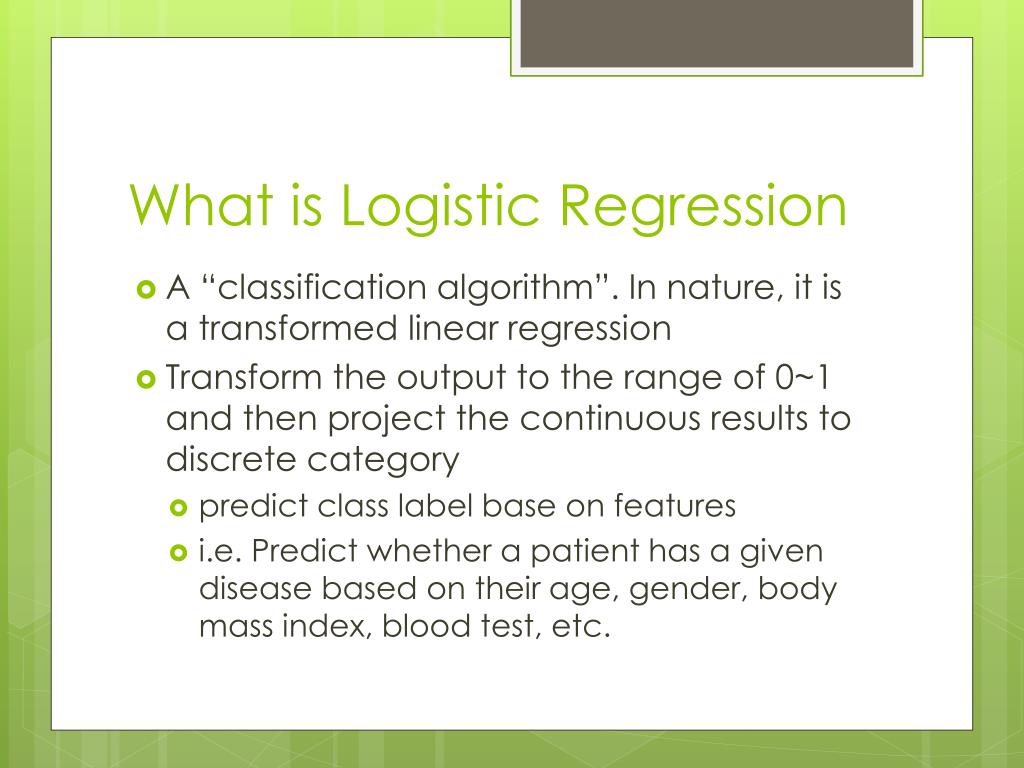

out files from support/regression/gen/// are combined into support/regression/results/.out>by the make process. out files in support/regression/gen///.Īll the. sim files in support/regression/gen/// and appends this info to the. The exception is host target, where native binaries are run directly or cross compiled binaries are run with a simulator (wine for mingw*).Įxtracts the size and ticks from the. ihx binary from support/regression/gen/// by simulating the target MCU and generates the. In this case a native binary is generated instead of. The exception is host target, which uses the host native gcc compiler or gcc cross compiler for cross compiled platforms (mingw*). c files from support/regression/gen/// and produces an. c files from support/regression/tests/ and support/regression/gen/ (those generated from. m4 file extension from support/regression/tests/ are converted to.

Sdcc regression testing consists of the following steps preformed by support/regression/Makefile: Since the tests must pass compilation and linkage it is impossible to test proper generation of error messages.Īnd since the output to stderr is not parsed either it is also impossible to check for warnings. Regression tests should also be run locally on the developers machine by the developer implementing new functionality or fixing a bug before committing changes to the sdcc subversion repository. They can be analyzed on the SDCC - Regression Tests web page. The results are shown in the RT column on the SDCC - Snapshot Builds web page. They are executed on the sdcc distributed compile farm (DCF) servers on different platforms. Sdcc regression tests are auto-magically executed on a daily basis on sdcc snapshot builds. Regression tests are designed in the way that they pass in case the sdcc compiler works correctly. The regression test results indicate the quality of the sdcc compiler build. Sdcc regression test suite is the main quality assurance (QA) mechanism used by the sdcc project.

Written by Borut Ražem, based on and partially copied from the Proposed Test Suite Design document, written by Michael Hope What is it good for?


 0 kommentar(er)
0 kommentar(er)
